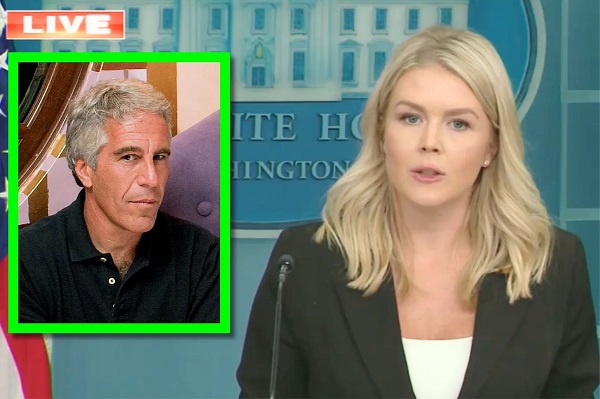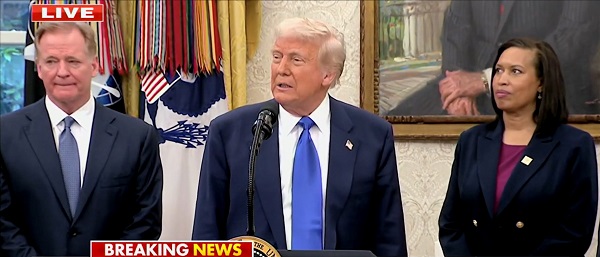Energy
Trump vows to reduce energy costs with his latest cabinet picks

From The Center Square
By Casey Harper
“With U.S. Energy Dominance, we will drive down Inflation, win the A.l. arms race with China (and others), and expand American Diplomatic Power to end Wars all across the World.”
With his latest cabinet nominations, President-elect Donald Trump promised to bring down the cost Americans pay for energy by expanding oil and gas production.
Trump named North Dakota Gov. Doug Burgum as secretary of the Interior as well as chairman of “the newly formed, and very important, National Energy Council.”
“As Chairman of the National Energy Council, Doug will have a seat on the National Security Council,” Trump said in a statement. “As Secretary of the Interior, Doug will be a key leader in ushering in a new ‘Golden Age of American Prosperity’ and World Peace. ‘
“We will ’DRILL BABY DRILL,’ expand ALL forms of Energy production to grow our Economy, and create good-paying jobs,” he added. “By smartly utilizing our amazing National Assets, we will preserve and protect our most beautiful places, AND reduce our deficits and our debt!”
Trump said the new energy council will involve all parts of the federal government dealing with energy.
“This Council will oversee the path to U.S. ENERGY DOMINANCE by cutting red tape, enhancing private sector investments across all sectors of the Economy, and by focusing on INNOVATION over longstanding, but totally unnecessary, regulation,” Trump said. “With U.S. Energy Dominance, we will drive down Inflation, win the A.l. arms race with China (and others), and expand American Diplomatic Power to end Wars all across the World.”
As part of his Burgum pick and his nomination of fracking entrepreneur Chris Wright to lead the Department of Energy, Trump promised to get energy prices down.
“We will also undo the damage done by the Democrats to our Nation’s Electrical Grid, by dramatically increasing baseload power,” Trump said.
Trump also named William Owen Scharf as assistant to the President and White House Staff Secretary.
So far, Trump has pointed to the loyalty of his choices, saying how they endorsed him or helped him win reelection when announcing them as his choices.
“Will is a highly skilled attorney who will be a crucial part of my White House team. He has played a key role in defeating the Election Interference and Lawfare waged against me, including by winning the Historic Immunity Decision in the Supreme Court.”
Trump followed his electoral win with a flurry of cabinet picks, some expected and some that are sure to stir things up.
In particular, Trump’s picks of Robert F Kennedy Jr to lead the Department of Health and Human services, veteran and Fox News host Pete Hegseth to lead the Secretary of Defense, and former Congressman Matt Gaetz to lead the Department of Justice have sparked headlines.
More picks are on the way as Trump has to fill out positions across the federal government.
Whether Trump can get the Senate to confirm his nominees, especially the more controversial picks, remains to be seen.
Trump’s list of nominees so far include:
- North Dakota Gov. Doug Burgum as Secretary of the Interior.
- William Owen Scharf as Assistant to the President and White House Staff Secretary.
- Robert F. Kennedy Jr. as head of U.S. Health and Human Services
- Former Congresswoman and veteran Tulsi Gabbard as Director of National Intelligence.
- Former Congressman Doug Collins as Secretary of Veterans Affairs
- Jay Clayton as Chairman of the U.S. Securities and Exchange Commission.
- Former congressman Matt Gaetz for Attorney General.
- Veteran and Fox News host Pete Hegseth as Secretary of Defense.
- Veteran and former New York congressman Lee Zeldin as head of the Environmental Protection Agency.
- U.S. Sen. Marco Rubio, R-Fla., as Secretary of State.
- Former Immigration and Customs Enforcement Director Tom Homan as “border czar.”
- Former Director of National Intelligence John Ratcliffe as Director of the Central Intelligence Agency.
- Former Congresswoman and current governor of South Dakota, Kristi Noem as Secretary of the Department of Homeland Security.
- Elon Musk and Vivek Ramaswamy to lead the “Department of Government Efficiency.
- William Joseph McGinley as White House Counsel.
- Steven C. Witkoff as Special Envoy to the Middle East.
- Rep. Mike Waltz, R-Fla. as national security advisor.
- Former Arkansas Gov. Mike Huckabee as ambassador to Israel.
- Rep. Elise Stefanik, R-N.Y. as ambassador to the U.N.
- Dean John Sauer as Solicitor General.
- Todd Blanche as Deputy Attorney General.
- Emil Bove as Principal Associate Deputy Attorney General.
- Dan Scavino of the Trump campaign as Assistant to the President and Deputy Chief of Staff.
- Susie Wiles, co-chair of the Trump campaign, as White House Chief of Staff.
- Stephen Miller as Assistant to the President and Deputy Chief of Staff for Policy and Homeland Security Advisor.
- James Blair of the Trump campaign as Assistant to the President and Deputy Chief of Staff for Legislative, Political and Public Affairs.
- Taylor Budowich of the Trump campaign as Assistant to the President and Deputy Chief of Staff for Communications and Personnel.
Casey Harper
D.C. Bureau Reporter
Alberta
Temporary Alberta grid limit unlikely to dampen data centre investment, analyst says
From the Canadian Energy Centre
By Cody Ciona
‘Alberta has never seen this level and volume of load connection requests’
Billions of investment in new data centres is still expected in Alberta despite the province’s electric system operator placing a temporary limit on new large-load grid connections, said Carson Kearl, lead data centre analyst for Enverus Intelligence Research.
Kearl cited NVIDIA CEO Jensen Huang’s estimate from earlier this year that building a one-gigawatt data centre costs between US$60 billion and US$80 billion.
That implies the Alberta Electric System Operator (AESO)’s 1.2 gigawatt temporary limit would still allow for up to C$130 billion of investment.
“It’s got the potential to be extremely impactful to the Alberta power sector and economy,” Kearl said.
Importantly, data centre operators can potentially get around the temporary limit by ‘bringing their own power’ rather than drawing electricity from the existing grid.
In Alberta’s deregulated electricity market – the only one in Canada – large energy consumers like data centres can build the power supply they need by entering project agreements directly with electricity producers.
According to the AESO, there are 30 proposed data centre projects across the province.
The total requested power load for these projects is more than 16 gigawatts, roughly four gigawatts more than Alberta’s demand record in January 2024 during a severe cold snap.
For comparison, Edmonton’s load is around 1.4 gigawatts, the AESO said.
“Alberta has never seen this level and volume of load connection requests,” CEO Aaron Engen said in a statement.
“Because connecting all large loads seeking access would impair grid reliability, we established a limit that preserves system integrity while enabling timely data centre development in Alberta.”
As data centre projects come to the province, so do jobs and other economic benefits.
“You have all of the construction staff associated; electricians, engineers, plumbers, and HVAC people for all the cooling tech that are continuously working on a multi-year time horizon. In the construction phase there’s a lot of spend, and that is just generally good for the ecosystem,” said Kearl.
Investment in local power infrastructure also has long-term job implications for maintenance and upgrades, he said.
“Alberta is a really exciting place when it comes to building data centers,” said Beacon AI CEO Josh Schertzer on a recent ARC Energy Ideas podcast.
“It has really great access to natural gas, it does have some excess grid capacity that can be used in the short term, it’s got a great workforce, and it’s very business-friendly.”
The unaltered reproduction of this content is free of charge with attribution to the Canadian Energy Centre.
Energy
LNG Export Marks Beginning Of Canadian Energy Independence

From the Frontier Centre for Public Policy
Kitimat’s LNG launch ends years of delay, weak policy and lost opportunity. This is a strategic turning point for Canada
Last week marked a turning point for Canadian sovereignty. On July 1, 2025, the tanker Gaslog Glasgow departed Kitimat, B.C., carrying Canada’s first-ever commercial liquefied natural gas (LNG) export to Asia. More than a shipment, it signalled the end of our economic vassalage to the United States and a long-overdue leap into global energy markets.
LNG Canada CEO Chris Cooper called it a “truly historic moment.” He’s right. The cargo left just days after the Kitimat plant produced its first liquefied natural gas and entered operation. The $40-billion megaproject, the largest private-sector investment in Canadian history, is now a fully functional Pacific Coast export hub. It can ship up to 14 million tonnes annually, and expansion is already being discussed.
Yet this success didn’t come easily. Despite being one of the world’s largest natural gas producers, Canada lacked an LNG export terminal, largely due to political delays, regulatory hurdles and lack of federal support. That this happened at all is remarkable, given nearly a decade of federal sabotage. Prime Minister Justin Trudeau’s ideological hostility to natural gas meant rebuffed allies, stalled projects and choked-off investment.
Foreign leaders (from Japan and Germany to Greece) practically begged Ottawa to green-light Canadian LNG. Trudeau dismissed them, claiming there was “no business case.” No one in his caucus dared contradict him. The result: lost time, lost markets and a near-complete surrender of our energy advantage.
But the business case was always there. Kitimat proves it.
The U.S. has been exporting LNG since 2016, giving them a nearly decade-long head start. But Canada has something our neighbours don’t: the Montney Formation. Spanning northeast B.C. and parts of Alberta, it covers about 130,000 square kilometres and holds enormous gas reserves. Montney gas, abundant and close to tidewater, trades at roughly half the Henry Hub price, giving Canada a significant cost edge.
Location seals the deal. Kitimat, perched on the Pacific, bypasses the congested Panama Canal, a major chokepoint for U.S. Gulf Coast exports, and offers a shorter, more direct route to energy-hungry Asian markets. This geographic advantage makes Canadian LNG not only viable but globally competitive.
In 2024, Canada exported about 8.6 billion cubic feet of gas daily to the U.S. via pipeline. With Kitimat, we finally begin breaking that one-market dependency. We also start clawing back the price differential losses that come with being captive sellers. This is how you build productivity, strengthen the dollar and reclaim economic independence from Washington.
The economic ripple effect is massive. The Kitimat build created 50,000 jobs at its peak, generated $5.8 billion in Indigenous and local contracts and left behind more than 300 permanent positions. Provincial revenues are projected in the tens of billions. In an era of anaemic growth, this is real stimulus and has staying power.
Predictably, critics raise environmental concerns. But this critique ignores global realities. Exporting Canadian natural gas to countries still burning coal is not a step backward—it’s a practical advance. Natural gas is up to 25 per cent cleaner than coal when comparing full lifecycle emissions (that is, from extraction to combustion). Global emissions don’t respect borders. If Canada can displace dirtier fuels abroad, we’re part of the solution, not the problem.
And this is only the beginning. Cedar LNG and Woodfibre LNG are already under construction. Atlantic Coast projects are in the queue. We must now defend this momentum against bureaucratic delays, activist litigation and ideological roadblocks.
LNG is not a climate villain. It’s a bridge fuel that cuts emissions, creates wealth and helps fund our national future.
Marco Navarro-Genie is vice-president of research at the Frontier Centre for Public Policy and co-author, with Barry Cooper, of Canada’s COVID: The Story of a Pandemic Moral Panic (2023).
-

 Uncategorized14 hours ago
Uncategorized14 hours agoCNN’s Shock Climate Polling Data Reinforces Trump’s Energy Agenda
-

 illegal immigration2 days ago
illegal immigration2 days agoICE raids California pot farm, uncovers illegal aliens and child labor
-
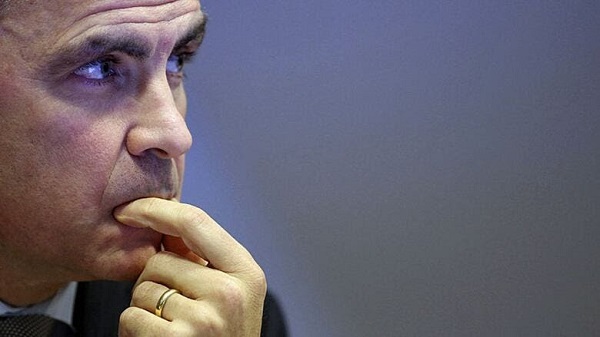
 Business1 day ago
Business1 day agoCarney government should apply lessons from 1990s in spending review
-
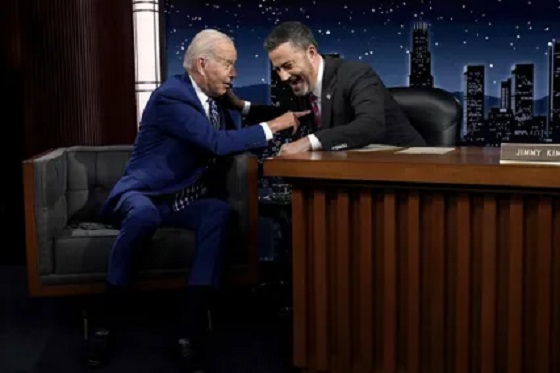
 Entertainment1 day ago
Entertainment1 day agoStudy finds 99% of late-night TV guests in 2025 have been liberal
-

 Frontier Centre for Public Policy14 hours ago
Frontier Centre for Public Policy14 hours agoCanada’s New Border Bill Spies On You, Not The Bad Guys
-
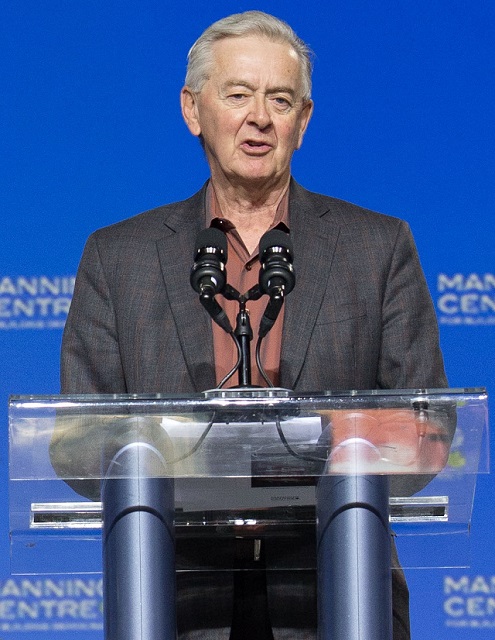
 Opinion7 hours ago
Opinion7 hours agoPreston Manning: Three Wise Men from the East, Again
-

 Addictions6 hours ago
Addictions6 hours agoWhy B.C.’s new witnessed dosing guidelines are built to fail
-

 Business4 hours ago
Business4 hours agoCarney Liberals quietly award Pfizer, Moderna nearly $400 million for new COVID shot contracts

